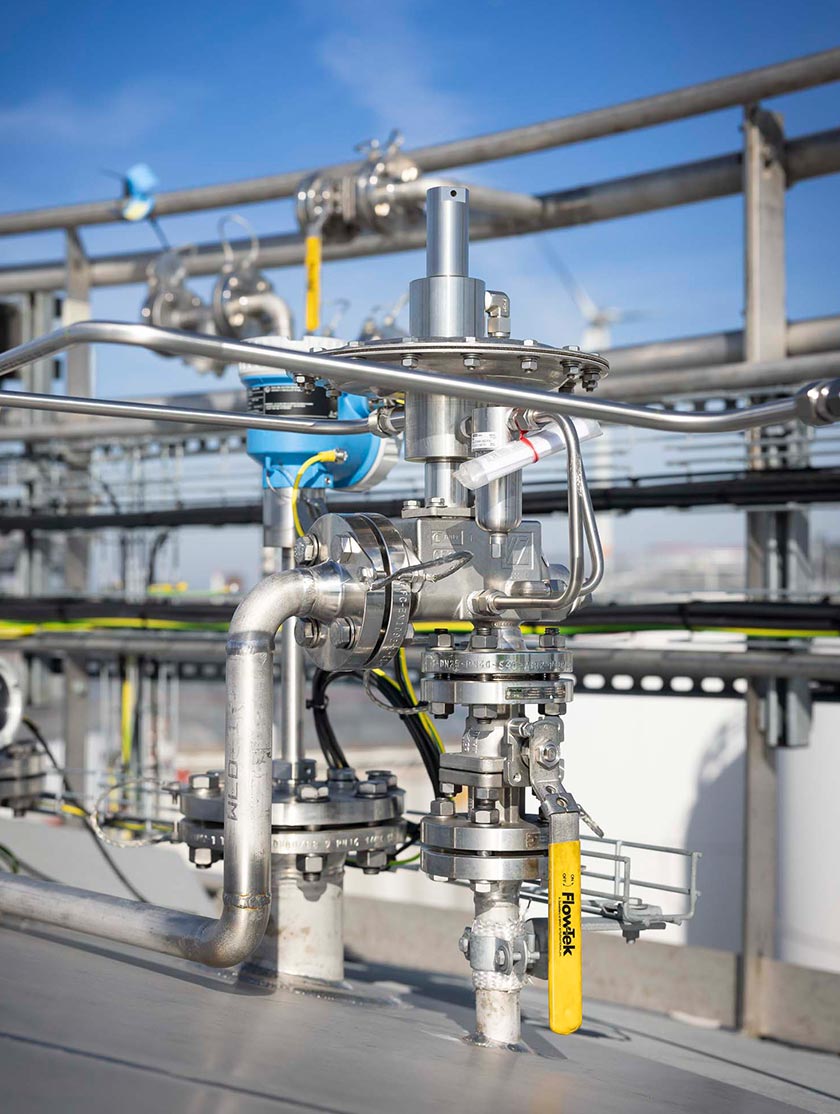Impacts of Pressure Reducing Regulator Failures on Safety and Performance
What impact does the failure of a pressure reducing regulator have on system performance and safety?
A pressure reducing regulator is an essential component of various piping systems in industrial, commercial, and residential buildings. It is designed to maintain downstream pressure at a safe, constant, and optimal level, regardless of fluctuations in the upstream supply pressure. By regulating pressure, these devices protect equipment, ensure operating efficiency, and promote safety. However, if a pressure reducing regulator fails, the consequences can be significant, affecting both system performance and safety.
Understanding How a Pressure Reducing Regulator Works
A pressure reducing regulator works by automatically adjusting the valve position in response to changes in downstream pressure, thereby maintaining a predefined output pressure. It ensures that sensitive equipment, piping, and terminal devices are not subjected to pressures that exceed their design limits. Typical applications include gas distribution, steam systems, water treatment plants, and HVAC systems.
Types of Pressure Reducing Regulator Failures
- Stuck or Blocked Valve: The valve does not open or close properly, resulting in no or unobstructed flow.
- Diaphragm Rupture or Damage: The diaphragm, a critical sensing element, leaks or ruptures, resulting in a loss of pressure control.
- Spring Fatigue or Breakage: The spring that sets the output pressure weakens, resulting in incorrect pressure settings.
- Contamination or Clogging: Dirt or debris causes malfunction by restricting valve movement or the sensing chambers.
- Seal or Seat Wear: Wear of the internal seals or seats creates leaks that cause pressure fluctuations.
Effects of Pressure Reducing Regulator Failure on System Performance
- Unregulated Output Pressure: The most immediate effect of a regulator failure is loss of control over the output pressure. This can cause:
- Overpressure conditions: High pressure exceeding the system's design limits can lead to equipment damage, leaks, or ruptures.
- Underpressure conditions: Insufficient pressure can lead to inadequate system performance, such as reduced flow rates, improper combustion, or insufficient lubrication.
- Shortened equipment life: Operating equipment at the wrong pressure accelerates wear, leading to premature failure and higher maintenance costs.
- Operational downtime: Pressure irregularities can require system shutdowns for repairs and troubleshooting, impacting productivity and business continuity.
- Inaccurate process control: In industrial applications, pressure fluctuations can affect process quality, consistency, and efficiency.
Safety Risks Associated with Pressure Reducing Regulator Failure
- Explosion or Fire Hazard: Particularly in gas systems, excessive pressure due to regulator failure can cause leaks or ruptures, creating a fire or explosion risk.
- Pipeline or Vessel Rupture: Overpressure conditions can lead to catastrophic rupture of piping or pressure vessels, posing a serious hazard to personnel and the environment.
- Personal Injury: Sudden pressure surges or failures can cause mechanical failures, injuring operators or nearby personnel.
- Environmental Damage: Leaking hazardous liquids or gases can contaminate the environment and cause safety issues and regulatory requirements.
Mitigation and Best Practices
- Regular Maintenance and Inspection: Scheduled checks of diaphragm integrity, valve function, and spring condition help prevent failures.
- Installation of Safety Relief Valves: Redundant safety devices protect the system in the event of a pressure reducing regulator failure.
- Use of Filters: Preventing contamination with appropriate filters extends the life of the regulator.
- Proper Sizing and Selection: Ensuring the regulator meets system requirements reduces stress and the likelihood of failure.
- Condition Monitoring: Integrating sensors and alarms to detect abnormal pressure conditions enables timely intervention.
Conclusion
The failure of a pressure reducing regulator can seriously affect system performance and pose significant safety risks. Understanding failure mechanisms and their effects underscores the importance of proper selection, maintenance, and monitoring of these devices. Proactive management of pressure reducing regulators allows operators to maintain equipment integrity, ensure system reliability, and protect personnel and the environment from potential hazards.
Need the Right Pressure Reducing Regulator? Get Expert Help Selecting the Ideal Regulator Engineered for Performance |
Cashco’s pressure reducing regulators are designed for precise pressure control across a wide range of industrial applications—delivering reliability, safety, and efficiency. For more information about Cashco's regulators, view all models here .
Cashco is dedicated to ensuring you select the best solution for your tank protection needs. Need help choosing the right pressure reducing regulator? Contact us and our experienced team will gladly assist you in finding the ideal product!
Animated Guide: Pressure Reducing Regulator Function |
Discover the workings of a pressure reducing regulator in our animation video. Using the force-balance principle, this device reduces and maintains downstream pressure in a pipeline. Watch as we demonstrate how the regulator’s diaphragm and valve assembly create resistance to reduce upstream pressure. Learn how downstream flow demands impact the regulator, causing it to adjust and maintain a constant pressure.



